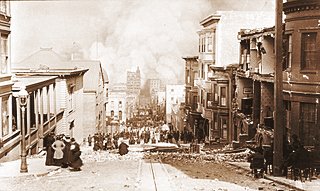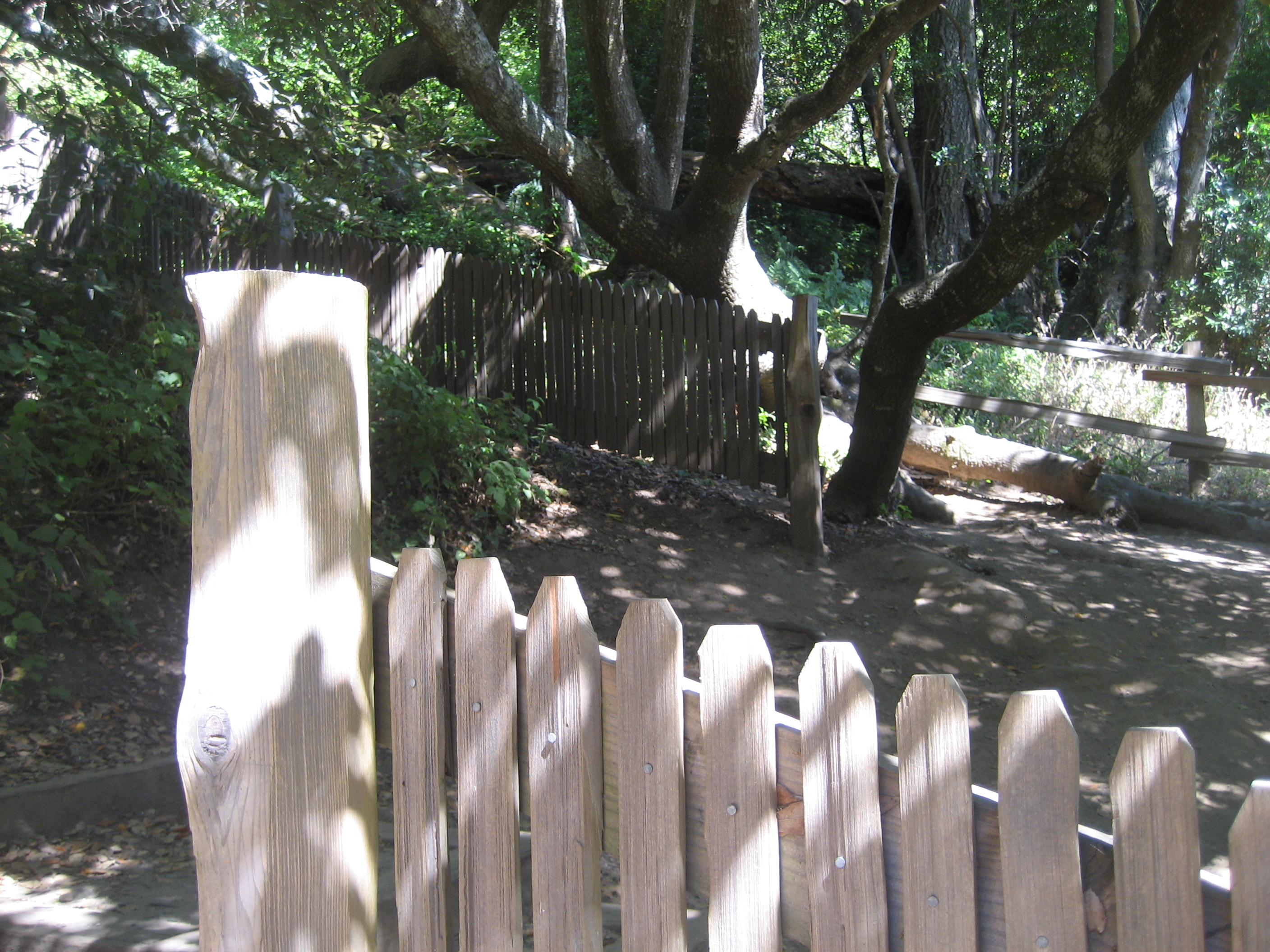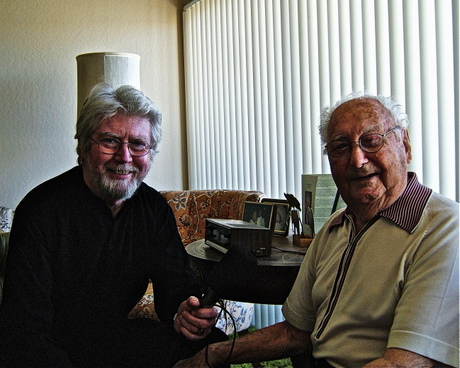Discover Northern California's History
the 1906 San Francisco Earthquake
A Tale of Two Cities:
Before and After the San Francisco Earthquake
The infamous 1906 San Francisco earthquake, approximate magnitude 7.8, struck The City and the Northern California coast on Wednesday, April 18, 1906 at 5:12 a.m. Most people were either still asleep in their beds, or having their morning coffee before going to work or school.
The earthquake wreaked its own havoc on The City. Because much of the edges of San Francisco were built on landfill - which is less stable ground compared to natural soil - it crumbed buildings, burying people beneath the rubble, and tearing up the streets. Some of the hardest hit areas included the Marina District and the Embarcadero, Mission Bay, the Western Addition, and the Financial District.
But it was the subsequent fires that truly destroyed most of San Francisco.
Because there wasn't enough water to put the devastating fires out, they burned out of control for four days and nights, consuming almost 500 city blocks and killing many people.
While it is challenging to provide an exact
number of people killed due to the chaos and difficulties in record-keeping at the time,
it is estimated that the death toll ranged from 3,000 to 3,500 people.
This made the 1906 San Francisco earthquake one of the deadliest natural
disasters in U.S. history.
The 1906 San Francisco Earthquake Nearly Destroyed The City
The 1906 San Francisco earthquake is one of the worst natural disasters in the history of the United States, and resulted in the greatest loss of life from a natural disaster ever in the state of California.
But the epicenter of the quake was
not San Francisco, it was about two miles west of The City in
the Pacific Ocean, and it was felt from southern Oregon
to south of Los Angeles and inland as far as central Nevada.
Many towns and rural areas up and down the coast, and even in the interior, can still today point to evidence of the quake's passage.
Fort Bragg, 225 miles north of The City, was devastated by the earthquake, although ironically it was the quake that brought prosperity to the town as its lumber mills helped to rebuild San Francisco.
Even farther north, Victorian Ferndale and the port town of Eureka felt the effects of the quake - Ferndale was pretty much destroyed, with buildings reduced to fragments.
Santa Rosa was another town that was severely hit by the quake, as were cities and towns in the Central Valley like Sacramento and Stockton.
In the South Bay, San Jose, and Palo Alto were badly affected (the budding university of Stanford was damaged); in the East Bay, Oakland, and Alameda.
All in all, the 1906 San Francisco Earthquake caused the following casualties and damages in the Bay Area alone:
- Over 3,000 people dead
- 225,000 people homeless
- 28,000 buildings destroyed
- More than $400 Million in damages
Visit Point Reyes National Seashore's Bear Valley and take the Earthquake Trail to learn about earthquakes and to see a country fence that was split by the 1906 San Francisco Earthquake, with its two sides ending up 16 feet apart in the span of less than a minute.
Seán Street Meets Survivor, Herbert Hamrol
100 Years After the Tragic Event
One of the things I love most about Twitter and Facebook is all the interesting people I meet!
A new #TwitterFriend, Professor Seán Street is - among other things - Britain's first Professor of Radio and "a practitioner in radio features," meaning that he creates and produces radio feature shows, most of which have an historic or literary theme.
When I first met Seán on Twitter, he mentioned that San Francisco was one of his favorite cities, so naturally I asked if he had any stories about The City that he'd like to share.
He came back with his 2006 meeting with Herbie Hamrol when he was doing a radio program about the 1906 San Francisco Earthquake. Here's what he shared with me via email...
"Happy to share my memories of Herbert Hamrol, who I was lucky enough to meet on a visit to SF in [2006], while I was making a centenary programme for BBC Radio about the 1906 Quake. Herbie was a survivor, and could remember being carried down the shaking stairs of his home in his mother's arms. He was I think the most amazing person I've been lucky enough to meet in 42 years of making radio documentaries. At 103 when we met, he was by common consent of everyone I met on that trip, a SF legend. I bet you'll have other people who remember him.
"I remember when we set up the interview, he said, 'not Tuesdays or Thursdays' because I work in the local store on those days (!) He was living in his own apartment out near Daly City. After the interview, I drove off to record around the city with my producer. Half way through the afternoon, I got a call from Herbie on my Cell Phone: 'Hey Seán, you left your notebook behind.' I tell you, Suzi, Herbie was far more together than I was at half his age.
"I'll attach a pic of me interviewing Herbie [that's it above]. (Herbie's on the right by the way). You're welcome to use it if you wish, as well as my memory. It's an honour to have met this great man.
"Hope all this is of some use and perhaps of interest. (Now I need to persuade the BBC to fund me to come back and make more radio about California, esp. SF!)
Professor Seán Street
Website: www.seanstreet.com
'The Poetry of Radio - The Colour of Sound':
http://www.routledge.com/books/details/9780415604109/"
Take a few minutes to read Seán's interview at BBC News - you'll find it fascinating!
And in answer to Seán's queries as to why Californians live in an area where a major earthquake could happen any time - this Californian thinks living with the risk of earthquakes - which happen maybe two or three times in a lifetime - beats living with the certainty that several tornadoes (in the Midwest) or several hurricanes (along the Atlantic Coast) will happen every season.
Thanks so much to Professor Seán Street for sharing his wonderful memory of this California legend who survived the 1906 San Francisco Earthquake!
Sadly, Herbert Hamrol died February 4, 2009, almost a month after he celebrated his 106th birthday with a big party at a local steakhouse. Here's what Herbie had to say about The Big One: “You’re not going to get an earthquake every day, so we celebrate the one that we had. It was a beautiful earthquake, if you want to look at it in the glorious way.”
For more about Northern California history, take a look at the Related Pages boxes in the right column. Click on the links to continue to discover our past.
Please continue your exploration of what Northern California has to offer by using the Nav Bars in the left and right columns or by using the links at the bottom of the page.
Like what you're finding here at Discovering Northern California? Then please share with the Social Network of your choice.
And thanks for coming!
- Home Page
- 1906 Earthquake
Related Pages
More CA History
1906 Earthquake
California Gold Rush
CA Gold Rush Sites
California Missions
Sonoma Plaza History
Sutter's Fort
Related Pages
Bay Area
1906 Earthquake
Alameda County
Contra Costa County
Marin County
San Francisco
San Mateo County
Santa Clara County
Solano County
Related Pages
San Francisco
Discover San Francisco
SF Attractions
SF During the Gold Rush
1906 SF Earthquake
SF Neighborhoods
SF Nude Beaches
SF Things To Do
Related Pages
Free Things To Do
Free in Big Sur
Free in Chico
Free in San Francisco
Free in Sonoma
Related Pages
Things To Do
Activity Village
Attractions
Beaches
Beer Lovers Delight
Burney Falls
Camping
Casa de Fruta
Day Trips
Gold Panning
Gold Rush Sites
Healdsburg
Historic Grass Valley
Lake Shasta Caverns
Lodi
Missions
Nevada City
RV Destinations
Ski Resorts
Tide Pool Tips
Travel Tips
Weekend Trips
Whale Watching
Wine Tasting
Related Pages
Insider Secrets
Best Kept Travel Secrets
Best Winter Whitewater
Boring Road? Nope
CA Admission Day
Climbing at Castle Rock
Crabbing Spots
Dream of Dreams
Fall in Eastern Sierras
Ghost Stories
Glass Beach
Great Stays, Low Pays
How to be a Valley Girl
Jade Beach
Lake Shasta Caverns
Lassen Volcanic SP
Lost Coast
Mono Lake
Moss Landing: Whales
New Clairvaux Abbey
Panning for Gold
Pygmy Forest
Mendo to Eureka
RV Destinations
SF Great Places to Eat
SF: More About Eating
SF Neighborhoods
SF Giants Baseball
Santa Cruz: Memories
Santa Cruz: Old Friends
Sonoma Cooking Class
Sonoma History
Sonoma Top Wine Stop
Tahoe: Discovery Trail
Underground Gardens
Yosemite: Family Hikes
Yosemite: High Country
YNP: Off the Beaten Path
Yosemite: Taft Point
Ziplines


